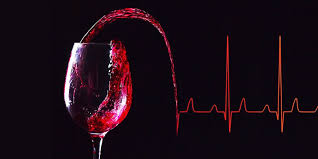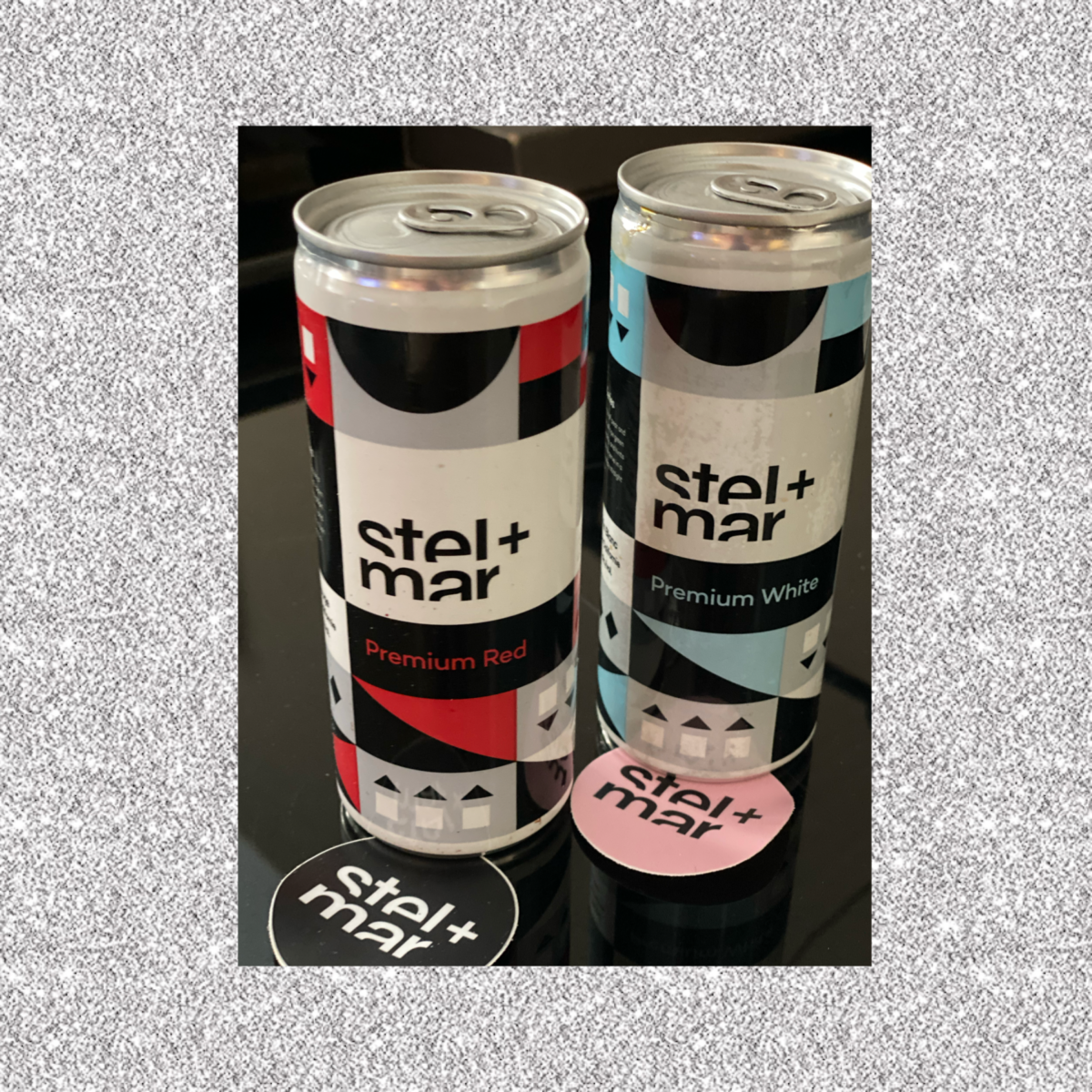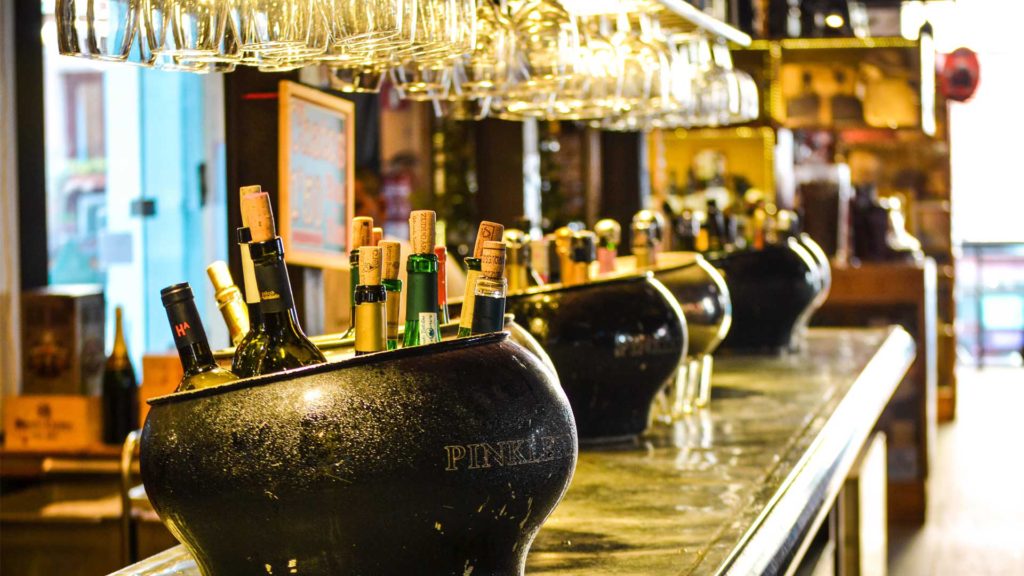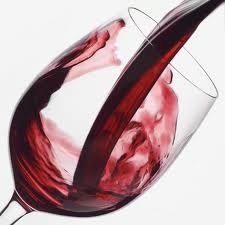Experts from the Bordeaux Science Agro have just revealed a report which includes mapping of the terroir’s potential. The main objective of this eighteen-month study is to evaluate the viticultural potential of the terroir of the Cadillac Côtes de Bordeaux appellation for red wines.
Other objectives of the study include:
- to preserve the great viticultural terroirs;
- improve winegrower’s knowledge of their terroirs;
- identify the soil and climate characteristics of the AOC;
- highlight the specific characteristics of the intercommunal area; and to
- improve viticultural practices in relation to the soil, and lastly, ensure the ecological transition of properties and enhance the landscape.
The aim of the study was to also analyze and map out the AOC, which is spread over 39 communes and covers 27,000 hectares, including an AOC area of 13,200 hectares.
This study was broken down into three phases, as follows:
- Construction of the model, modelization: Initial mapping showed that over 60% of the AOC area is in favorable or even extremely favorable zones;
- Validation of the model: consideration of geographical and non-geographical results following interviews with winegrowers. Non-geographical results: soil, exposure, topographical position, slope; and to
- Improvement of the model by experts.
Here are the findings:
Five zones were established from ‘not very favorable’ to ‘extremely favorable’, with
the less favorable areas being the zones of humid alluvial plains (locally known as ‘palus’), and deep valley bottoms. Moderately favorable areas are the plateaux of redoxic silty luvisols (hydromorphic silty ‘boulbènes’) and the areas of calcareous colluviosols at the palus/slopes interface. The most favorable areas are the slopes on ‘Agenais’ molassic formations, which are predominantly to the north. The east/west facing slopes on Agenais molasses are very favorable areas, as are the areas bordering plateaux, and hilltops too. And finally, the slopes on the predominantly southern Agenais molasses, as well as convex plateaux and gravelly outcrops bordering plateaux (known as ‘peyrosols’) are extremely favorable zones in our region.
In conclusion, the findings report that 70% of the region is “favorable” to “extremely favorable” zones for red production. To take this even deeper, here are a few facts you need to know:
Gravelly soils are the hallmark of the appellation. These deep soils provide a significant water reserve, and their depth is an important asset when it comes to coping with climate change.
The most important thing to bear in mind about the terroir is its clay soil. Soils on molassic formations are good for making wines that can be kept for a long time or aging. Swelling clay soils are the best. They provide a balanced water supply that is ideal for the vines. But clay-limestone soils also have their advantages. They help to limit water supply, control nitrogen levels in the soil, and protect the vines.
Currently, it is still very difficult to map clay soils. The variability of molasses is not conducive to mapping.
“Soil management and the development of terroirs are major challenges for the sustainability of AOCs,” explains Chantal Larnaudie, President.
The ambition is also to bring new winegrowers on board (out of 14,000 hectares of AOC vineyards, only 7,000 are planted, and 1,900 are declared as Cadillac Côtes de Bordeaux).
Finally, this study will also enable us to select the best terroirs to produce dry white wines, sweet wines, and rosé wines as the Cadillac, Cadillac Côtes de Bordeaux, and Premières Côtes de Bordeaux PDOs are the only ones in the Bordeaux region to be able to claim all wine colors as PDOs, including crémants.
The ODG is also considering widening its specifications to include new colors now that scientific data are available.
Sustainable Wine Tourism
Easy to reach, the Cadillac Côtes de Bordeaux region meets the criteria of sustainable tourism. Follow the dedicated cycle track from Bordeaux and stop off at the estates or take the train to Cérons from Gare Saint Jean in Bordeaux and you’re here in 20 minutes with an electric bike. Another possibility is by boat!
Cadillac Côtes de Bordeaux
Key figures
The AOCs:
AOC red wines (97% of volumes): Cadillac – Côtes de Bordeaux: 57,400 hl – 1,628 ha – 158 producers – 35 hl/ha – AOC white wines (3% of volumes): Cadillac: 785 hl – 45 ha – 31 producers – 14hl/ha and Premières Côtes de Bordeaux: 1,200 Hl – 48 ha – 26 producers – 24 hl/ha
* Preserving biodiversity: 90% of winegrowers have certification. 100% local products from independent winegrowers
* History: A true pioneering spirit
* Winegrowers to discover: Authenticity, with a large number of family estates (82%) handed down from father to son… or father to daughter!
* Les Grandes Côtes: A large wine-growing area with, from bottom to top, 3 geological formations perfectly well drained by the tributaries of the Garonne:
Shallow, brown soils on starfish limestone and clay, stony brown soils (clay / gravel high terraces), leached soils on plateaux (‘Boulbènes’)
* The Garonne effect: The river contributes to the uniqueness of Cadillac Côtes de Bordeaux wines thanks to the temperate local climate
* Modern wines: Perfect balance between the 4 Bordeaux grape varieties, Merlot (55%) Cabernet Sauvignon (25%), Cabernet Franc (15%) and Petit Verdot (5%).





